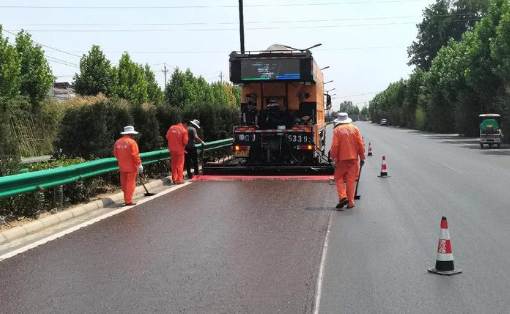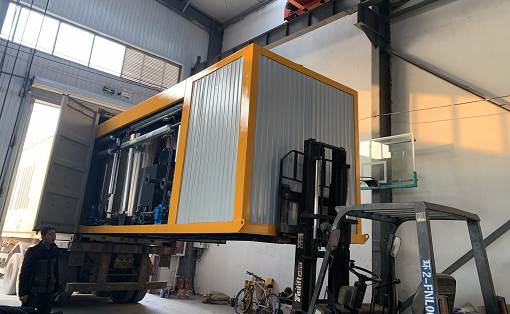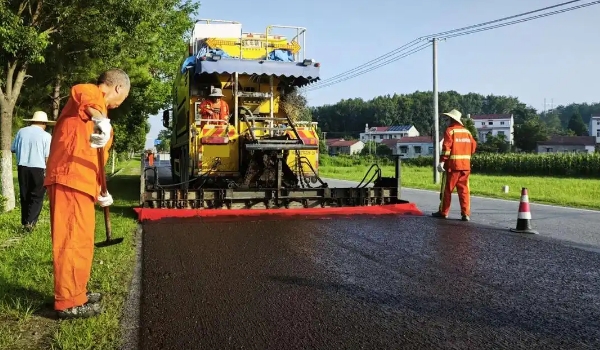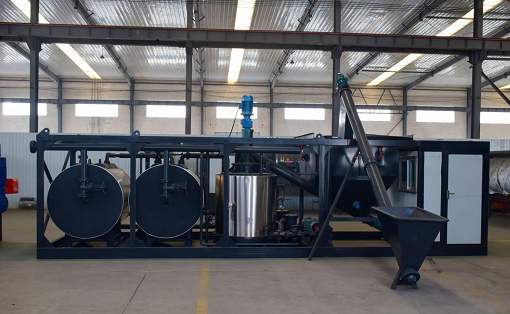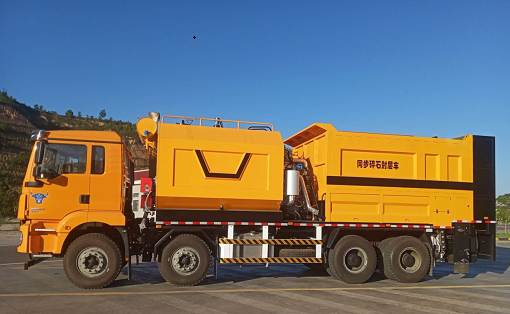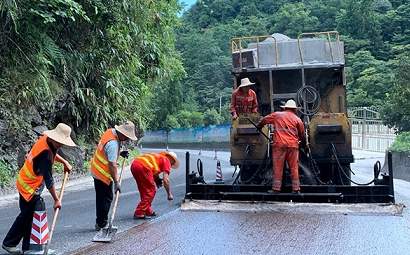Spreading methods of emulsified asphalt and their effects
Emulsified asphalt can be spread by mechanical spreading and manual spreading. Different spreading methods will have different effects on pavement performance, so it is very important to choose the right spreading method. At the same time, maintenance and management after spreading are equally important to ensure the safety and durability of the pavement.
Emulsified asphalt is a common pavement material that is widely used in road construction and maintenance. There are two main ways to spread emulsified asphalt: mechanical spreading and manual spreading. Mechanical spreading generally uses a special spreading vehicle that can quickly and evenly spread emulsified asphalt. Manual spreading is carried out by workers using tools such as brushes or rollers, which is suitable for pavement treatment in small areas or special areas.
Different spreading methods also have different effects on pavement performance. Mechanical spreading can quickly complete large-area treatment and spread evenly, which is conducive to ensuring the flatness and anti-skid properties of the pavement. Manual spreading can more finely treat special areas such as shoulders and intersections to improve the overall performance of the pavement.
Emulsified asphalt can be spread by mechanical spreading and manual spreading. Different spreading methods will have different effects on pavement performance, so it is very important to choose the right spreading method. At the same time, maintenance and management after spreading are equally important to ensure the safety and durability of the pavement.
Emulsified asphalt is a common pavement material that is widely used in road construction and maintenance. There are two main ways to spread emulsified asphalt: mechanical spreading and manual spreading. Mechanical spreading generally uses a special spreading vehicle that can quickly and evenly spread emulsified asphalt. Manual spreading is carried out by workers using tools such as brushes or rollers, which is suitable for pavement treatment in small areas or special areas.
Different spreading methods also have different effects on pavement performance. Mechanical spreading can quickly complete large-area treatment and spread evenly, which is conducive to ensuring the flatness and anti-skid properties of the pavement. Manual spreading can more finely treat special areas such as shoulders and intersections to improve the overall performance of the pavement.
In addition to choosing the right spreading method, maintenance and management after emulsified asphalt spreading is also very important. After spreading, the road surface needs to be fully maintained to avoid frequent traffic of vehicles and pedestrians to avoid damaging the newly paved road surface. At the same time, it is necessary to regularly check the condition of the road surface and repair the damaged parts in time to ensure the safety and durability of the road surface.
In short, the spreading method of emulsified asphalt has an important impact on the performance of the road surface. Choosing a suitable spreading method and strengthening the maintenance and management after spreading can ensure the flatness, anti-skid and durability of the road surface, and improve the service life and safety of the road.


